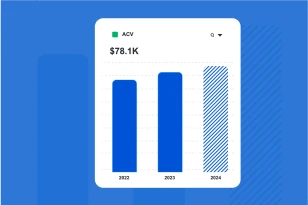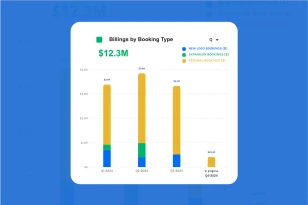What are G&A Expenses as a Percentage of Revenue?
General and Administrative (G&A) Expenses as a Percentage of Revenue is a financial metric that indicates the proportion of a company’s total revenue allocated to general operating and administrative costs. It provides insight into the efficiency of a company’s administrative and overhead functions relative to its overall revenue.
Why is it Important to Measure G&A Expenses as a Percentage of Revenue?
Measuring G&A Expenses as a Percentage of Revenue is important for several reasons:
- Operational Efficiency: The metric helps assess how efficiently a company manages its general and administrative functions. A lower percentage indicates that the company is able to control overhead costs effectively.
- Cost Management: Monitoring G&A expenses as a percentage of revenue is crucial for effective cost management. It highlights the portion of revenue allocated to non-production-related costs such as administration, finance, and other support functions.
- Profitability Analysis: By understanding the relationship between G&A expenses and revenue, businesses can assess their overall profitability. Efficient management of administrative costs contributes to higher net profits.
- Benchmarking: Comparing G&A expenses as a percentage of revenue to industry benchmarks or competitors provides context. It helps businesses understand how their cost structure compares to others in the same sector.
How Do you Calculate G&A Expenses as a Percentage of Revenue?
The formula for calculating G&A Expenses as a Percentage of Revenue is:
&A Expenses as a Percentage of Revenue Formula
G&A Expenses / Total Revenue ×100
For example, if a company has $2 million in G&A expenses and generates $50 million in total revenue, the G&A Expenses % of Revenue would be 4%.
G&A expenses typically include costs related to administrative staff, office rent, utilities, insurance, legal and accounting services, and other general operating expenses.
How To Manage G&A Expenses as a Percentage of Revenue?
Managing G&A Expenses as a Percentage of Revenue involves optimizing administrative and overhead costs while ensuring the effective functioning of support functions. Here are key approaches:
- Cost Rationalization: Regularly review and assess G&A expenses to identify opportunities for cost rationalization. Evaluate the necessity and efficiency of each administrative cost component.
- Technology Adoption: Leverage technology to automate administrative processes and improve efficiency. Implementing digital solutions for tasks such as bookkeeping, payroll, and communication can lead to cost savings.
- Outsourcing: Consider outsourcing non-core administrative functions, such as certain HR or accounting tasks, to specialized service providers. Outsourcing can often be more cost-effective than maintaining in-house staff.
- Remote Work Policies: Embrace remote work policies to reduce costs associated with office space and utilities. Remote work arrangements can also contribute to employee satisfaction and productivity.
- Benchmarking: Regularly benchmark G&A expenses as a percentage of revenue against industry standards or competitors. Identify areas where the company may be over or underinvesting in administrative functions.
- Contract Negotiations: Negotiate contracts with service providers and suppliers to secure favorable terms. Regularly review existing contracts and explore opportunities for cost savings or more favorable terms.
By implementing these strategies, businesses can effectively manage their G&A Expenses as a Percentage of Revenue, ensuring cost efficiency while maintaining the necessary support functions for overall business operations. Regular monitoring, analysis, and adaptation based on performance data contribute to sustained improvements over time.





